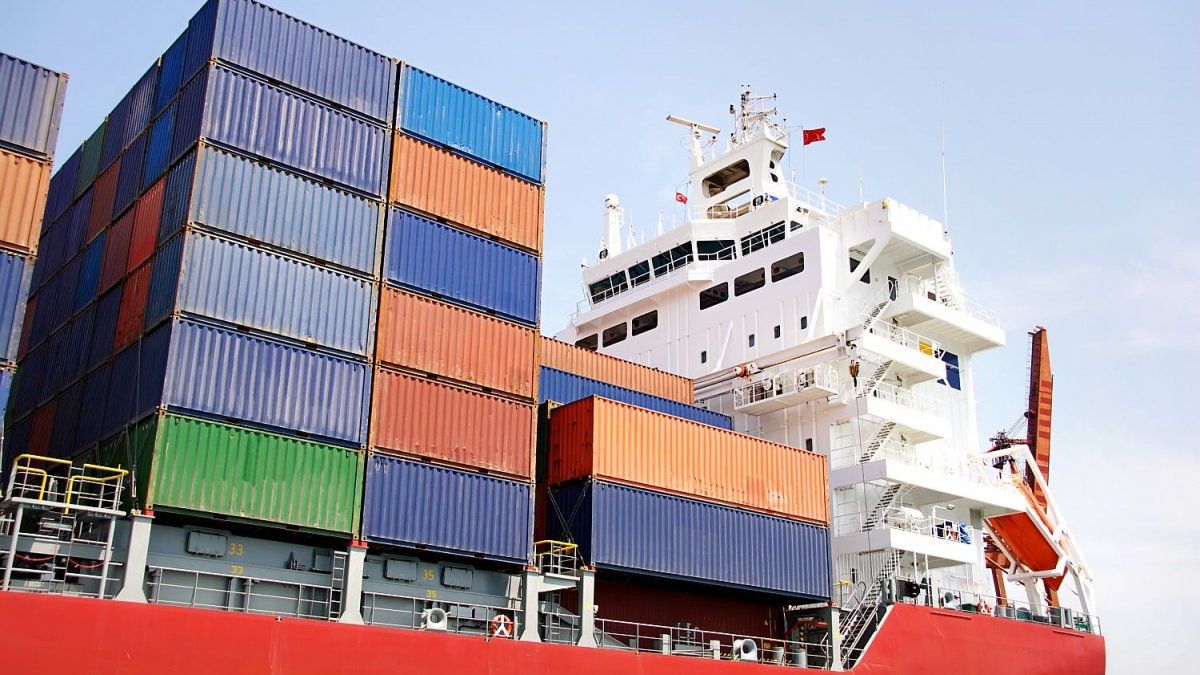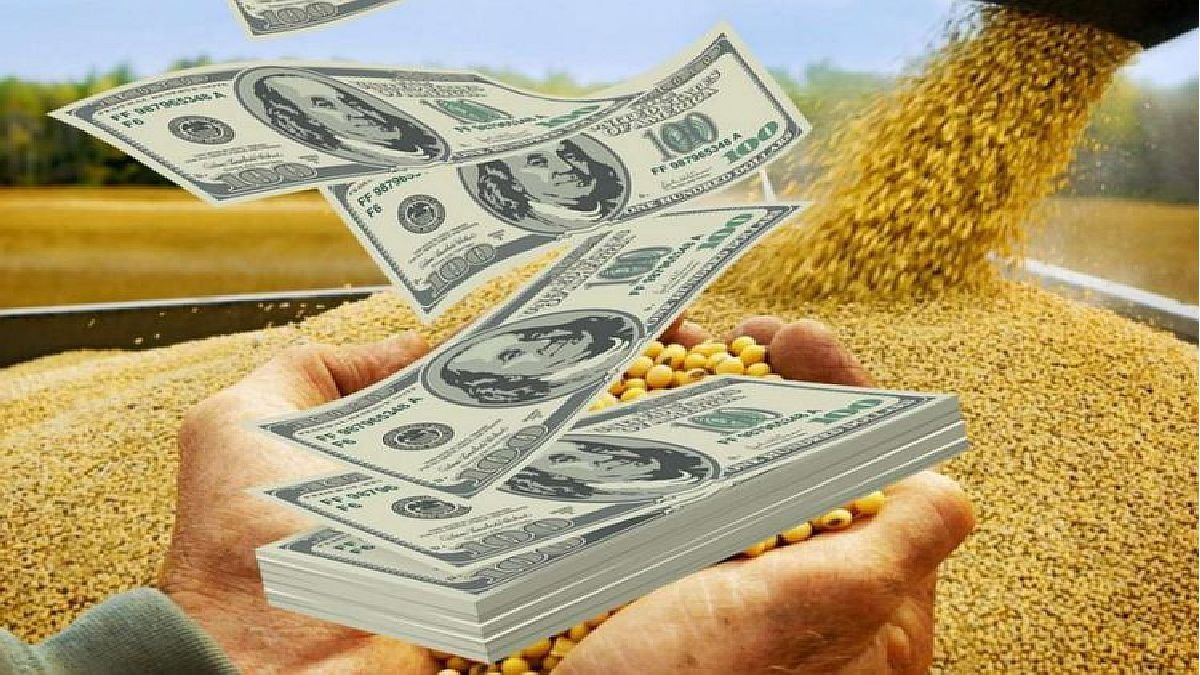After previously unimagined increases in fish consumption during the first two years of the corona pandemic, the desire for salmon and co. seems to be returning to normal.
After the extremely great desire of Germans for fish and seafood in the first two years of Corona, it seems to wane again in the third Corona year. “In the first half of 2022, 38,171 tons or, to put it another way, 14.4 percent less fish was bought than in 2021,” said the chairman of the fish information center, René Stahlhofen, in Hamburg. Based on the purchase value, this corresponds to a decrease of 412 million euros.
However, the head of the central marketing organ of the fish industry was not dissatisfied. “The enormous growth in the two exceptional years of Corona, 2020 and 2021, cannot be repeated in terms of quantity or value.” Accordingly, he also compared the first half of 2022 with the first pre-Corona half of 2019. “And then we see that the decline is only marginal, specifically 3446 tons or, to put it another way, 1.5 percent,” said Stahlhofen.
More sales thanks to higher prices
In addition, despite the decline, more money is coming into the till due to higher prices. Because the value of the goods is 110 million euros or 4.6 percent higher than in the first half of 2019. This applies in particular to fresh fish with an increase of 70 million euros or 10.8 percent and to canned fish with an increase of 27 million euros or 10.5 percent Percent. Only smoked fish saw a decline of 18 million euros or 4.1 percent compared to the pre-corona values.
Last year, Germans spent more money on fish than ever before. In total, around 5.4 billion euros were paid for 495,053 tons of fish and seafood in food retail in the second Corona year 2021, said Stahlhofen. That is a sales record. In the first Corona year 2020, 505,010 tons of fish and seafood were sold, but according to the information, there were only around 5.3 billion euros.
This is the favorite fish of the Germans
Favorite fish was again salmon, followed by Alaskan pollack, which pushed tuna and bonites to third place. Fourth and fifth place went to herring and shrimp. But trout, squid, mackerel, cod and redfish were also popular.
According to the information, Germans prefer to eat the fish from the can and as a frozen product. This was followed by crustaceans, molluscs and fresh fish. At 7.1 kilograms per capita, most fish was bought in the food retail trade in Schleswig-Holstein, the Rhineland-Palatinate came to 6.9 kilos and the Hamburgers to 6.7 kilos. Baden-Württemberg came in last with 5.4 kilos per capita. The national average was 6.3 kilograms.
13.4 kilograms per head
Stahlhofen put the total volume of fish and seafood last year at almost two million tons. After deducting exports, for example, a good one million tons were consumed in Germany in 2021, which is estimated to mean 13.4 kilograms per capita. In the first Corona year, the value was 14.8 kilograms.
In view of the uncertainties caused by the corona pandemic, the Russian war of aggression in Ukraine, inflation, the ongoing difficult logistics and the energy crisis, Stahlhofen did not dare to make any specific forecasts for the fishing industry. The managing director of the fish information center, Matthias Keller, said that further sanctions in the fishing industry because of the Russian war are rather unlikely, “otherwise they would have had to be introduced long ago”.
So far, only the import of caviar and crustaceans is prohibited. If, for example, Alaska pollock were to be sanctioned as the most important fish in the fish processing industry, 75 percent of the fish species would be lost in one fell swoop. “Then the shelves would actually be empty,” said Stahlhofen.
Source: Stern
Jane Stock is a technology author, who has written for 24 Hours World. She writes about the latest in technology news and trends, and is always on the lookout for new and innovative ways to improve his audience’s experience.




